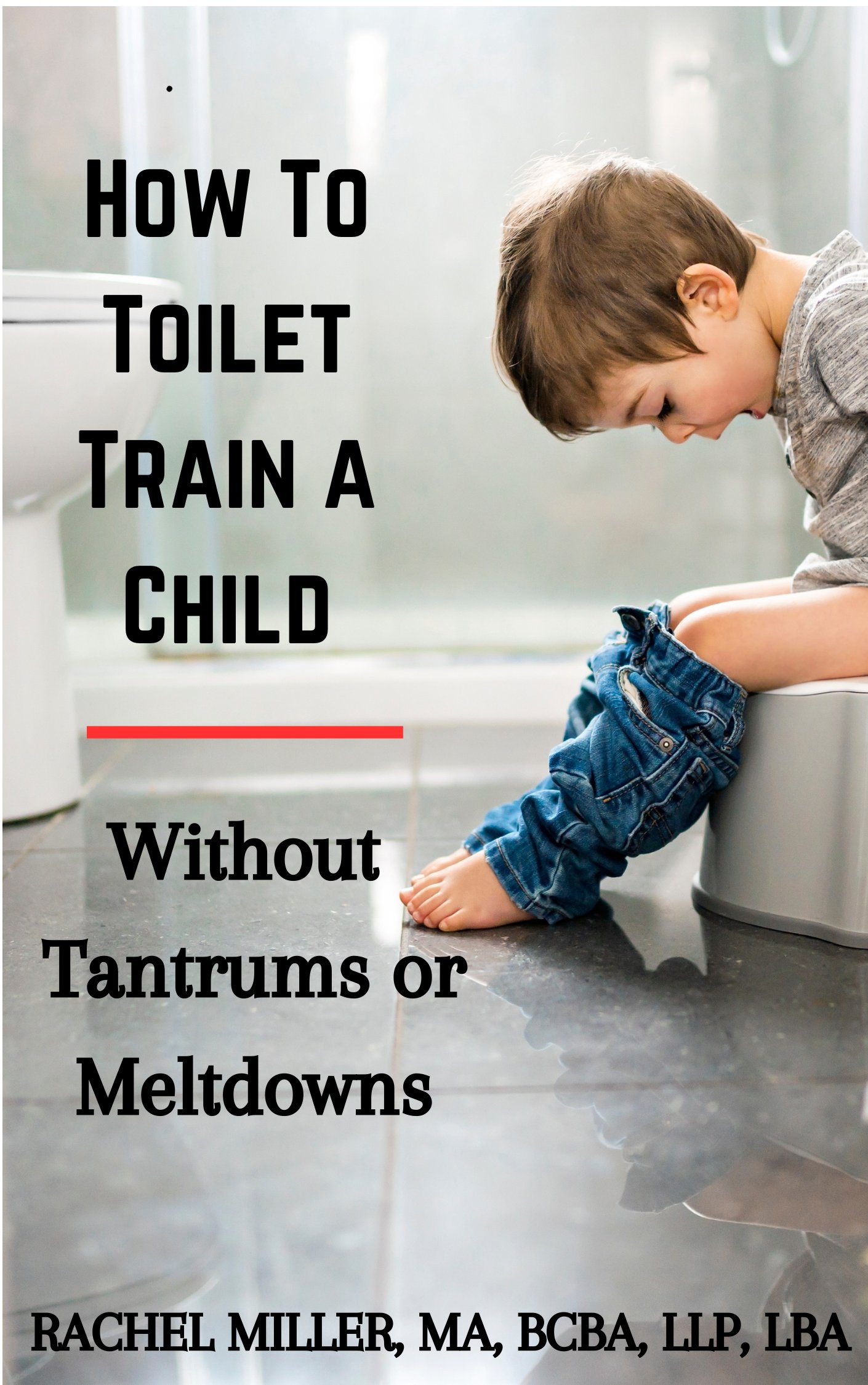Symptoms of Mild Autism:
Understanding Early Signs and Social Impact

Mild autism, often referred to as high-functioning autism, can present subtle yet significant challenges in a child's daily life. Recognizing the symptoms of mild autism early is crucial for ensuring appropriate support and intervention. This condition is part of the broader autism spectrum disorder (ASD), which encompasses a wide range of symptoms and severity levels, from mild to more profound developmental delays.
While severe forms of autism may be easier to detect, the symptoms of mild autism can often go unnoticed or be mistaken for other conditions such as ADHD or sensory processing disorder. Early recognition of these signs can make a major difference in a child's ability to thrive, particularly in school and social settings.
What Are the Symptoms of Mild Autism?
Children with mild autism may not display the classic traits often associated with autism spectrum disorder. However, they may still experience difficulties in communication, social interaction, and behavior regulation. Here are some of the most common symptoms of mild autism:
- Reduced eye contact or avoiding eye contact altogether
- Limited verbal and nonverbal communication, such as delayed speech, lack of gestures, or flat tone
- Difficulty initiating or maintaining conversations with others
- Challenges in engaging in group activities or pretend play
- Frequent preference for playing alone
- Unusual interaction with toys, such as fixating on a spinning wheel instead of using the toy as intended
- Echolalia, or repeating questions instead of answering them
- Literal interpretation of language, including difficulty understanding sarcasm, jokes, or metaphors
- Strong attachment to routines, objects, or specific topics of interest
Each child presents differently, and no two children with mild autism will exhibit the exact same combination of symptoms. Some signs may appear during infancy, while others may not become noticeable until preschool or early elementary school.
Social Skills: The Core Impact of Mild Autism
One of the most profound areas affected by mild autism is social interaction. Even when verbal skills are relatively intact, many children with mild autism struggle to interpret and respond to social cues. This can significantly impact their ability to form and maintain friendships, particularly in structured environments like school.
Children with mild autism may:
- Misinterpret facial expressions or body language
- Struggle with turn-taking in conversation or play
- Interrupt others without realizing it’s inappropriate
- Fixate on personal interests, limiting reciprocal interaction
- Have difficulty empathizing or understanding others' perspectives
In school settings, these social challenges can lead to isolation, bullying, or misunderstandings with both peers and teachers. While they may have the desire to make friends, children with mild autism often lack the intuitive grasp of social rules that comes naturally to their peers.
Because friendships are a vital part of childhood development and emotional well-being, it is especially important to provide children on the autism spectrum with social skills training. This might include structured group therapy, peer modeling programs, or individualized support through speech and behavioral therapies.
How Mild Autism Compares to Asperger Syndrome
Historically, children who demonstrated average or above-average intelligence but had significant social difficulties were often diagnosed with Asperger syndrome. However, in 2013, the American Psychiatric Association removed Asperger syndrome as a separate diagnosis and included it under the umbrella of Autism Spectrum Disorder (ASD).
Today, what used to be diagnosed as Asperger syndrome would be considered mild autism or high-functioning autism. These children typically:
- Do not have significant delays in language development
- Demonstrate strong vocabularies and memory skills
- Struggle primarily with social communication and restricted interests
Despite the name change, many individuals and families still identify with the term Asperger syndrome due to its historical and cultural significance. However, professionals now diagnose based on a spectrum model, which more accurately captures the range and variability of symptoms.
Diagnosis of Mild Autism
Because the symptoms of mild autism can overlap with other developmental or behavioral issues, it’s essential to seek a comprehensive evaluation from qualified professionals. These may include pediatricians, developmental psychologists, neurologists, or school-based multidisciplinary teams.
If you notice your child displaying some of the symptoms mentioned above—especially difficulties with communication, unusual play patterns, or persistent social challenges—it’s important to take action.
Start by:
- Speaking with your child’s pediatrician
- Requesting a developmental screening
- Contacting your local school district to explore free evaluations and services
Most school districts in the U.S. offer evaluations at no cost and may provide services such as speech therapy, occupational therapy, and behavioral interventions if your child qualifies under the Individuals with Disabilities Education Act (IDEA).
Social Skills Activities for Children with Symptoms of Mild Autism
Developing strong social skills can be one of the biggest challenges for children with symptoms of mild autism. These children often struggle with interpreting social cues, starting conversations, or understanding the emotions of others. Fortunately, targeted activities can help improve these abilities in fun, structured ways.
Here are some effective social skills activities that can be done at home, in therapy, or in school settings to support children on the autism spectrum:
1. Role-Playing Scenarios
Practice real-life situations through role-play to help children understand and navigate everyday social interactions. Examples include:
- How to greet someone new
- Asking to join a group activity
- Taking turns during play
- Ordering food at a restaurant
This type of practice helps reinforce expected behaviors and teaches appropriate responses in a low-pressure environment.
2. Emotion Charades
In this game, children act out different emotions using only facial expressions and body language. Others guess what emotion is being shown. This improves:
- Recognition of nonverbal cues
- Emotional awareness
- Empathy toward others
Using mirrors can enhance the activity by allowing the child to see their own expressions.
Social stories are short, personalized narratives that describe specific social situations and appropriate behavior. For example:
- What to do if someone says “no”
- How to behave during lunch at school
- Understanding personal space
These stories can be read regularly to prepare children for real-life interactions and reduce anxiety.
4. Playdates with Peer Mentors
Arranging supervised playdates with neurotypical peers or older peer mentors can provide children with mild autism a chance to observe and model positive social behaviors. These interactions should be structured, brief, and supported by an adult to ensure success.
5. Board Games That Promote Turn-Taking

Games like Candy Land, Connect 4, or Uno require children to follow rules, wait their turn, and engage in back-and-forth play. This builds:
- Patience
- Cooperation
- Understanding of winning and losing appropriately
Make sure to reinforce sportsmanship and model responses throughout the game.
6. Group Therapy or Social Skills Groups

Many schools and therapy centers offer small group sessions where children can practice social interactions in a safe, supportive setting. These groups often follow evidence-based curriculums and are led by speech-language pathologists or behavioral therapists.
Topics might include:
- Making eye contact
- Starting a conversation
- Understanding jokes and sarcasm
- Coping with frustration or rejection
7. Video Modeling
Children watch short videos such as those on the YouTube channel Brave Kid Adventures of others demonstrating specific social behaviors, such as sharing, asking for help, or resolving conflicts. Watching and then reenacting these behaviors helps with retention and builds confidence for real-world use
Final Thoughts
Recognizing the symptoms of mild autism is the first step in helping your child succeed socially, emotionally, and academically. While every child is unique, early intervention, strong family support, and access to appropriate therapies can lead to positive long-term outcomes.
If you suspect your child may be on the autism spectrum—even in a mild form—don’t wait. Talk with your pediatrician, explore local services, and learn about the wide range of tools available to help your child thrive. Social difficulties do not have to limit your child’s potential, and with the right strategies, they can build meaningful relationships and succeed in all areas of life.
If you haven't already, be sure to check out my ebooks, now on Amazon!

